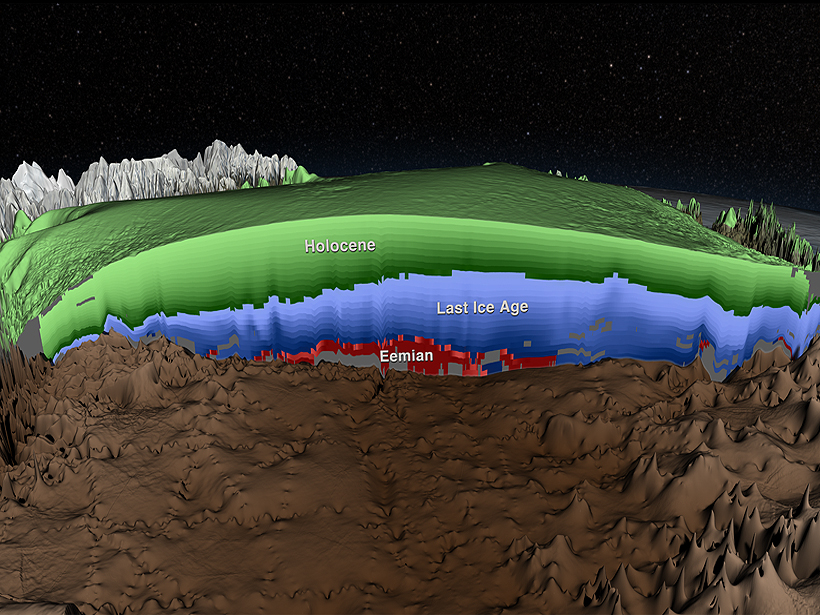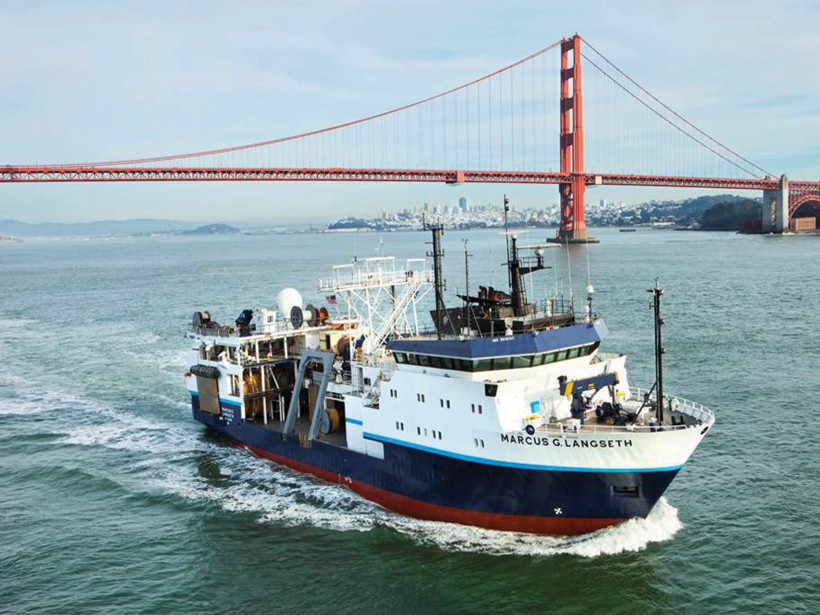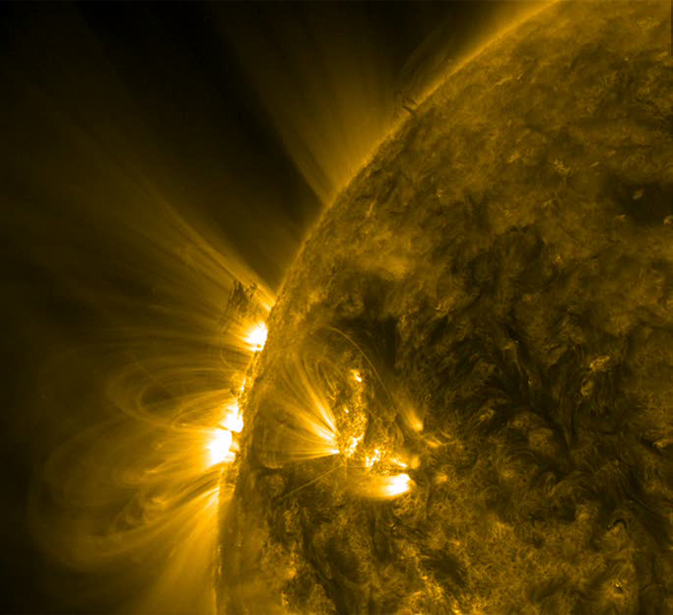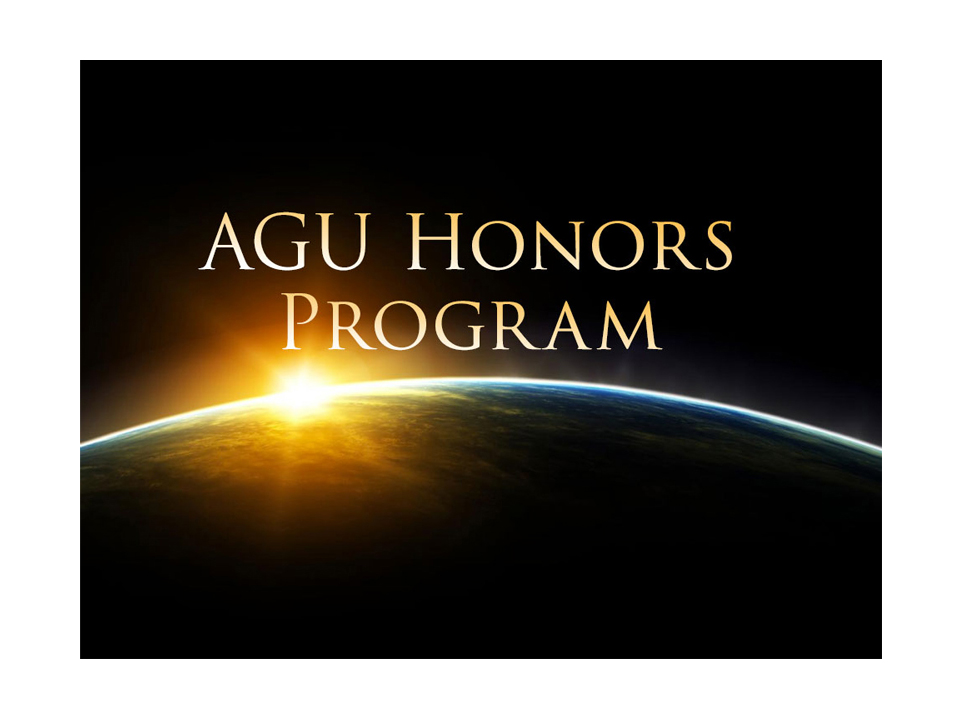First comprehensive analysis of deep radar data gives insight into the dynamics and history of the Greenland Ice Sheet.
data management
Better Utilization of Marine Seismic Data
Increasing the Access to and the Relevance of Marine Seismic Data; San Francisco, California, 11–13 December 2014
Developing Databases of Ancient Sea Level and Ice Sheet Extents
PALSEA2 Workshop;
Lochinver, Scotland, 16–22 September 2014
Counting the Ocean's Greenhouse Gas Emissions
A new database seeks to improve estimates of oceanic emissions of methane and nitrous oxide.
A Database of African Precipitation from 1983 Onward
Satellite infrared observations are used to reconstruct African precipitation records for the past 30 years in an attempt to infer rainfall variability.
Can Scientists Boost Solar Modeling Despite a Lack of Data?
Researchers show that a data processing technique could salvage useful information from raw solar observations, opening the door to improved understanding of the solar dynamo.
Curt Tilmes Receives 2014 Charles S. Falkenberg Award
Curt Tilmes received the 2014 Charles S. Falkenberg Award at the AGU Fall Meeting Honors Ceremony, held on 17 December 2014 in San Francisco, Calif. The award honors a “scientist under 45 years of age who has contributed to the quality of life, economic opportunities, and stewardship of the planet through the use of Earth science information and to the public awareness of the importance of understanding our planet.”
Committing to Publishing Data in the Earth and Space Sciences
A new initiative joins together publishers and data facilities to enable data stewardship.
Flood Risk from Storm Surge is Increasing in New York
Rediscovered historical records of sea level in New York Harbor show the increasing threat of storm surges.
Realizing the Value of a National Asset: Scientific Data
Conducting a National Research Council study that will provide high‐level strategic guidance could help address some of the challenges and opportunities related to Earth science data.








